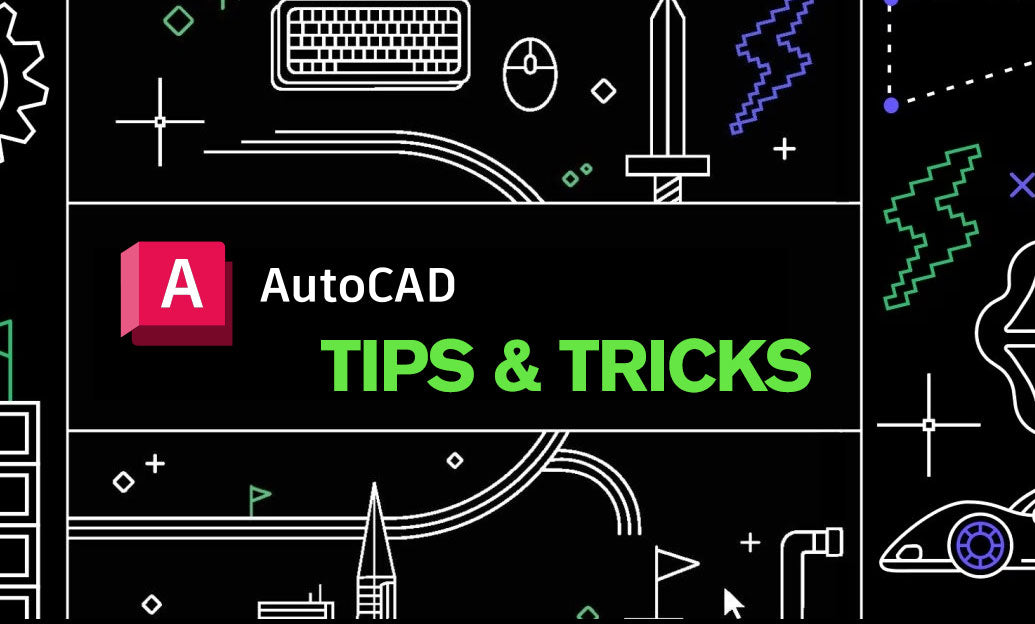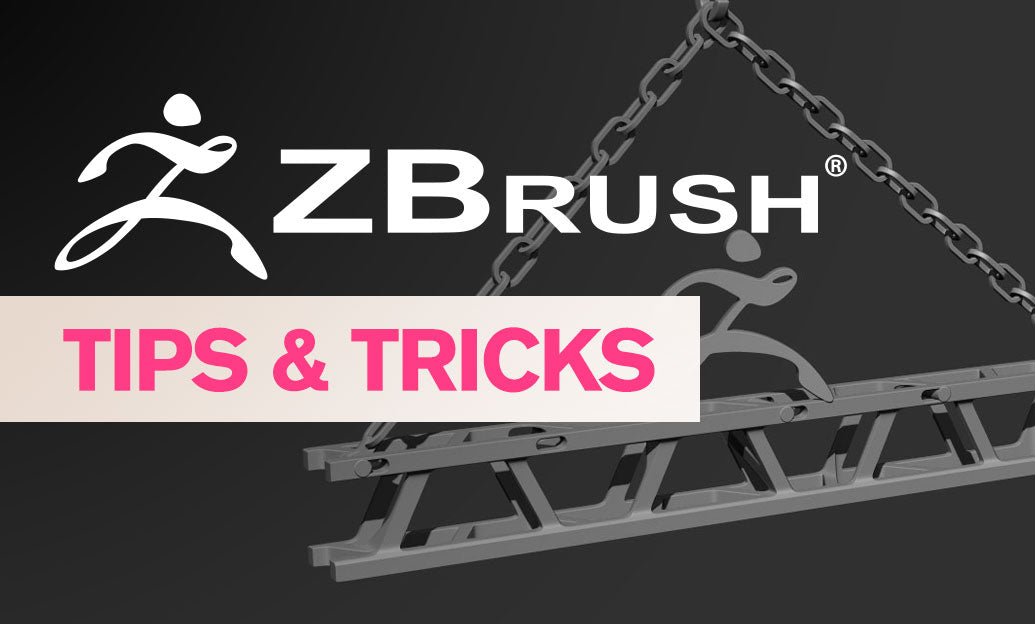Your Cart is Empty
Customer Testimonials
-
"Great customer service. The folks at Novedge were super helpful in navigating a somewhat complicated order including software upgrades and serial numbers in various stages of inactivity. They were friendly and helpful throughout the process.."
Ruben Ruckmark
"Quick & very helpful. We have been using Novedge for years and are very happy with their quick service when we need to make a purchase and excellent support resolving any issues."
Will Woodson
"Scott is the best. He reminds me about subscriptions dates, guides me in the correct direction for updates. He always responds promptly to me. He is literally the reason I continue to work with Novedge and will do so in the future."
Edward Mchugh
"Calvin Lok is “the man”. After my purchase of Sketchup 2021, he called me and provided step-by-step instructions to ease me through difficulties I was having with the setup of my new software."
Mike Borzage
V-Ray Tip: V-Ray Toon: Clean Cel Shading and Precise Outline Control
November 22, 2025 2 min read

Want a clean, stylized look without chasing photorealism? V-Ray Toon gives you controllable outlines and cel-style shading that render fast, read clearly, and are excellent for design reviews, motion graphics, and technical illustrations. If you don’t own V-Ray yet, check out NOVEDGE for licensing and upgrades: NOVEDGE.
- Quick setup
- Assign a Toon material to objects you want cel-shaded, or keep your existing materials and add the Toon effect for outlines only.
- Start with a neutral diffuse color and low/zero specular for a clean, graphic read.
- Use flat lighting or a single key to keep values simple; add ramps later for nuance.
- Outline control essentials
- Width mode: Use world-space widths for consistent line thickness across depth. Use pixel widths for UI/UX previews where screen consistency matters.
- Normal threshold: Raises/lowers sensitivity to creases. Higher values find more edges; lower values stick to strong silhouettes.
- Overlap threshold: Controls intersection lines where objects meet. Dial it down for clean product shots; up for technical illustrations.
- Trace bias: Nudge to resolve z-fighting or flickering on dense meshes.
- Color and opacity: Drive line color with a solid swatch for clarity or a texture for art direction. Slight transparency softens busy scenes.
- Shading strategies
- Pure flat: Disable reflections and set diffuse only for bold graphic style.
- Two/three-tone ramp: Use a falloff or gradient ramp for classic cel steps; clamp highlights to avoid harsh hotspots.
- Hybrid: Keep subtle GI for form while preserving flat albedo and crisp lines.
- Anti-aliasing for crisp lines
- Prefer a tighter filter (Mitchell or Catmull-Rom) for sharper edges; Area for slightly softer illustrations.
- Lower Noise Threshold and raise Max Subdivs to prevent line crawl in animation.
- Use higher output resolution and downscale slightly for razor-clean edges.
- Be cautious with Denoiser on line passes—over-smoothing can wash out contours.
- Compositing flexibility
- Render lines separately when possible (e.g., via ExtraTex/EdgesTex or dedicated Toon passes) for color and thickness tweaks in comp.
- Use Cryptomatte/Object ID for selective recoloring of fills versus outlines.
- Leverage Z-Depth to modulate line weight by distance for atmospheric line art.
- Performance tips
- Exclude small props or micro-details from Toon to reduce clutter and speed renders.
- Flatten shading (fewer glossy/refraction bounces) when going for strict NPR.
- If you render on GPU, confirm Toon feature support for your version and DCC.
- Animation stability
- Use world-space line widths to minimize popping with camera moves.
- Avoid aggressive depth-of-field or heavy motion blur on line passes; composite those from separate elements.
- Keep thresholds consistent across shots; small changes can cause visible flicker.
- Quick troubleshooting
- Missing edges: raise Normal/Overlap thresholds or tweak Trace Bias.
- Jagged lines: increase AA quality, change filter, or render larger and scale down.
- Busy interiors: enable “silhouettes only” or lower Overlap threshold to declutter.
Ready to integrate Toon into your pipeline or upgrade your V-Ray seats? Explore options and expert advice at NOVEDGE.
You can find all the V-Ray products on the NOVEDGE web site at this page.
Also in Design News

Cinema 4D Tip: Cinema 4D Sculpting Workflow: Layered Low-to-High Detail and Baking
November 22, 2025 2 min read
Read More
AutoCAD Tip: Manage XREF Nesting to Prevent Circular References
November 22, 2025 2 min read
Read MoreSubscribe
Sign up to get the latest on sales, new releases and more …



